WAEC: MATHEMATICS
Quizzes
-
2021 Mathematics WAEC Objective Past Questions
-
2021 Mathematics WAEC Essay Past Questions
-
2020 Mathematics WAEC Objective Past Questions
-
2020 Mathematics WAEC Theory Past Questions
-
2019 Mathematics WAEC Objective Past Questions
-
2019 Mathematics WAEC Theory Past Questions
-
2018 Mathematics WAEC Objective Past Questions
-
2018 Mathematics WAEC Theory Past Questions
-
2017 Mathematics WAEC Objective Past Questions
-
2017 Mathematics WAEC Theory Past Questions
-
2016 Mathematics WAEC Objective Past Questions
-
2016 Mathematics WAEC Theory Past Questions
-
2015 Mathematics WAEC Objective Past Questions
-
2015 Mathematics WAEC Theory Past Questions
-
2014 Mathematics WAEC Objective Past Questions
-
2014 Mathematics WAEC Theory Past Questions
Quiz Summary
0 of 13 Questions completed
Questions:
Information
You have already completed the quiz before. Hence you can not start it again.
Quiz is loading…
You must sign in or sign up to start the quiz.
You must first complete the following:
Results
Results
0 of 13 Questions answered correctly
Your time:
Time has elapsed
You have reached 0 of 0 point(s), (0)
Earned Point(s): 0 of 0, (0)
0 Essay(s) Pending (Possible Point(s): 0)
Categories
- Not categorized 0%
- 1
- 2
- 3
- 4
- 5
- 6
- 7
- 8
- 9
- 10
- 11
- 12
- 13
- Current
- Review
- Answered
- Correct
- Incorrect
-
Question 1 of 13
1. Question
A used car was purchased at N900,000.00. Its value depreciated by 30% in the first year. In each subsequent year, the depreciation was 22% of its value at the beginning of that year. If the car was bought on 1st March, 2011, calculate correct to the nearest hundred naira, the value of the car on 28th February, 2015.
-
This response will be reviewed and graded after submission.
Grading can be reviewed and adjusted.Grading can be reviewed and adjusted. -
-
Question 2 of 13
2. Question
(a) The graph of y = 2px² – p²x -14 passes through the point (3, 10). Find the value of p.
(b) Two lines, 3y – 2x = 21 and 4y + 5x = 5 intersect at the point Q. Find the coordinate of Q.
-
This response will be reviewed and graded after submission.
Grading can be reviewed and adjusted.Grading can be reviewed and adjusted. -
-
Question 3 of 13
3. Question
(a) The diagonals of a rhombus are 10.2cm and 9.3cm long. Calculate, correct to one decimal place, the perimeter of the rhombus
(b) Given that sin x = \( \frac{3}{5}, \scriptsize\: 0^o < x^o <90^o \)
Find the value of 5 cosx – 4 tan x
-
This response will be reviewed and graded after submission.
Grading can be reviewed and adjusted.Grading can be reviewed and adjusted. -
-
Question 4 of 13
4. Question
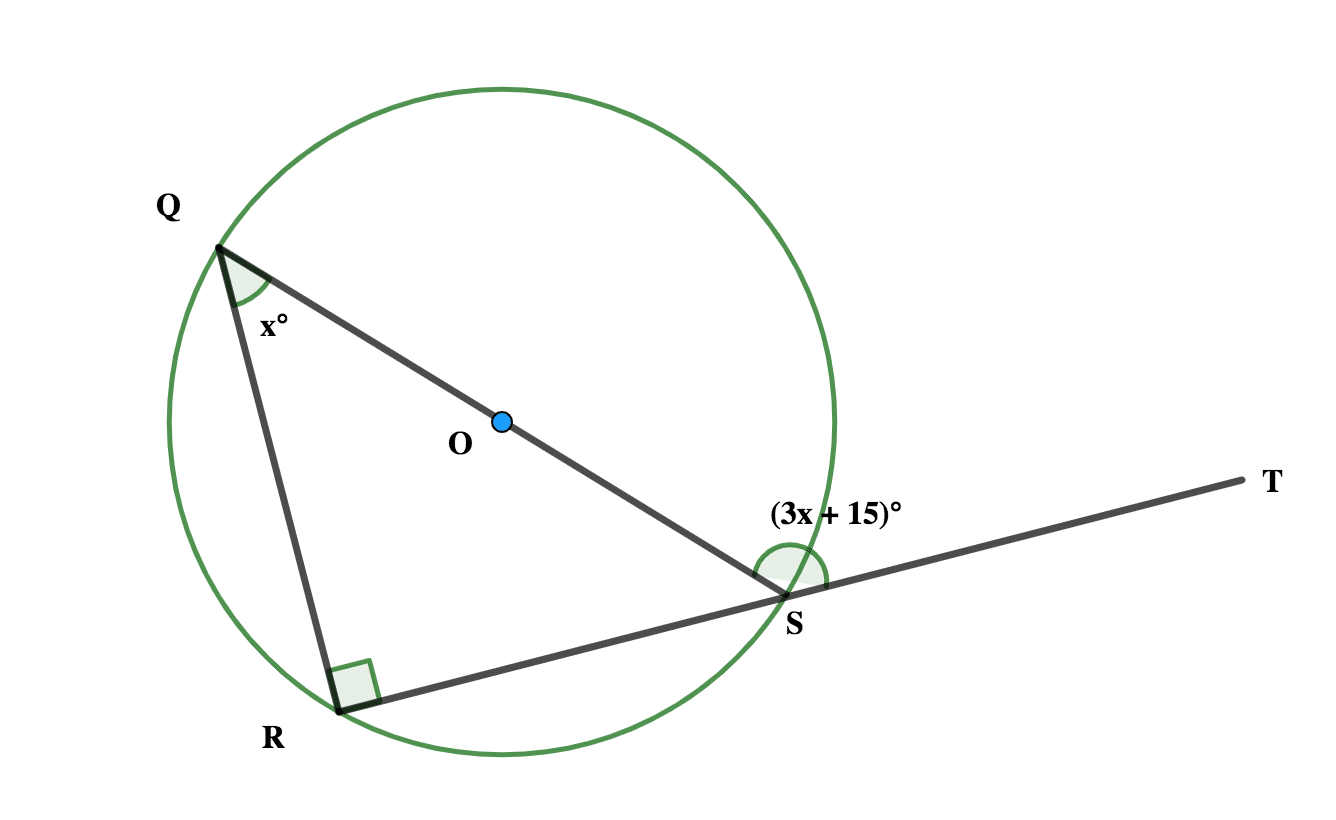
In the diagram < QOS is a diameter, <RQS = xº and <QST = (3x + 15)º Find:
(i) The value of x
(ii) < RSQ
(b) If 2N4Seven= 15Nnine, find the value of N.
-
This response will be reviewed and graded after submission.
Grading can be reviewed and adjusted.Grading can be reviewed and adjusted. -
-
Question 5 of 13
5. Question
(a) If the mean of m, n, s, p and q is 12, calculate the mean of (m + 4), (n -3), (s + 6), (p -2) and (q + 8).
(b) In a community of 500 people the 75th percentile age is 65 years while the 25th percentile age is 15 years. How many of the people are between 15 and 65 years?
-
This response will be reviewed and graded after submission.
Grading can be reviewed and adjusted.Grading can be reviewed and adjusted. -
-
Question 6 of 13
6. Question
In a roadworthiness test on 240 cars, 60% passed. The number that failed had faults in Clutch, Brakes, and Steering as follows: Clutch only – 28; Clutch and Steering – 14; Clutch, Steering and brakes – 8; Clutch and Brakes – 20; Brakes and Steering only – 6. The number of cars with faults in Steering only is twice the number of cars with faults in Brakes only.
(a) Draw a Venn diagram to illustrate this information
(b) How many cars had;
(i) Faulty Brakes
(ii) Only one faulty?
-
This response will be reviewed and graded after submission.
Grading can be reviewed and adjusted.Grading can be reviewed and adjusted. -
-
Question 7 of 13
7. Question
(a) Find the equation of the line passing through the points (2, 5) and (-4, -7).
(b) Three ships P, Q, and R are at sea. The bearing of Q from P is 0300 and the bearing of P from R is 3000. If |PQ|= 5km and |PR|= 8km,
(i) Illustrate the information in a diagram
(ii) Calculate, correct to three significant figures, the:
- distance between Q and R;
- bearing of R from Q
-
This response will be reviewed and graded after submission.
Grading can be reviewed and adjusted.Grading can be reviewed and adjusted. -
Question 8 of 13
8. Question
(a) Lamin bought a book for N300.00 and sold it to Bola at a profit of x% Bola then sold the same book to James at a profit of x%. If James paid \( \scriptsize N \left( 6x \: + \: \normalsize \frac{3}{4}\right) \) more for the book than what Lamin paid, find the value of x.
(b).Find the range of values of which satisfies the inequality
\( \scriptsize 3x \: – \: 2 \: < \: 10 \: + \: x \: < \: 2 \: + \: 5x \)
-
This response will be reviewed and graded after submission.
Grading can be reviewed and adjusted.Grading can be reviewed and adjusted. -
-
Question 9 of 13
9. Question
In the diagram, |PT|= 4cm, |TS| = 6cm, |PQ|= 6cm and <SPR= 300. Calculate, correct to the nearest whole number.
(a) |SR|
(b) area of TQRS.
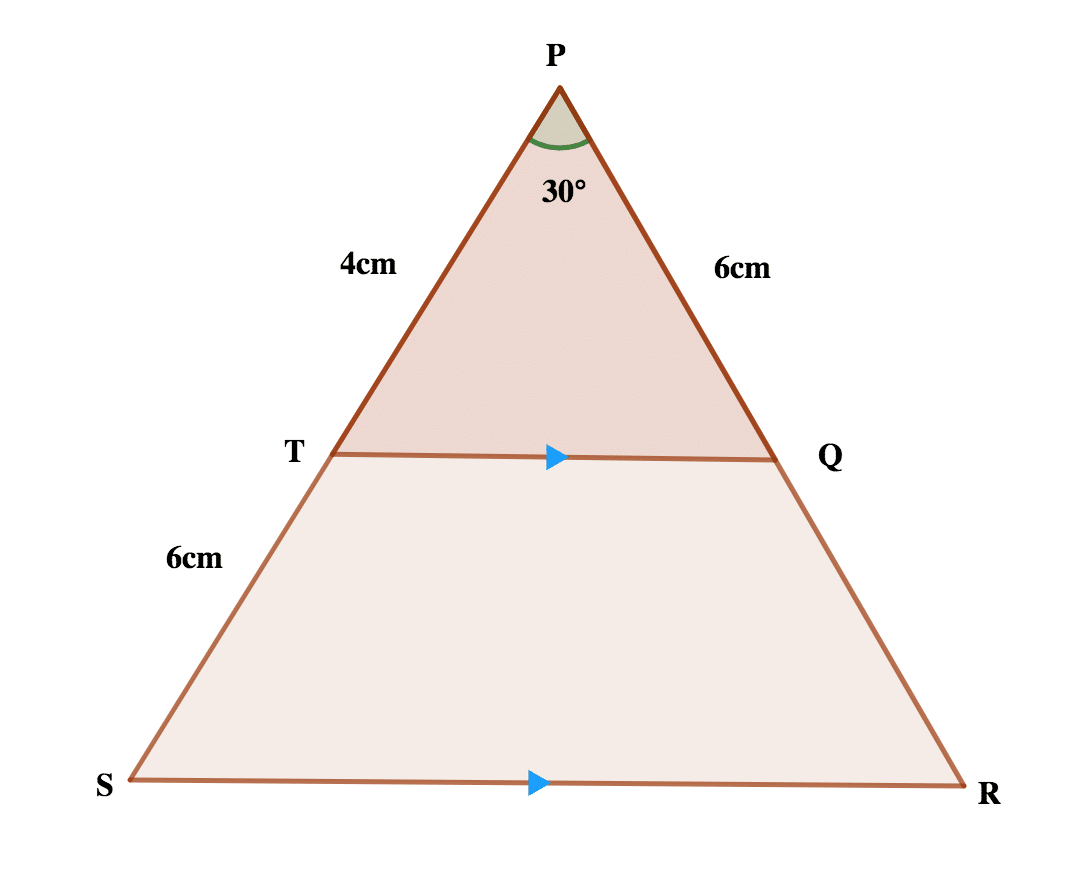
-
This response will be reviewed and graded after submission.
Grading can be reviewed and adjusted.Grading can be reviewed and adjusted. -
-
Question 10 of 13
10. Question
(a) In ΔPQS, |PQ|=12cm, |PS|= 5cm, <SPQ = <PQR = 900, Find, correct to the three significant figures, |PR|.

(b) The lengths of two ladders, L and M are 10m and 12m respectively. They are placed against a wall such that each ladder makes the same angle with the horizontal ground. If the foot of L is 8cm from the foot of the wall.
(i) Draw a diagram to illustrate this information
(ii) Calculate the height at which M touches the wall
-
This response will be reviewed and graded after submission.
Grading can be reviewed and adjusted.Grading can be reviewed and adjusted. -
-
Question 11 of 13
11. Question
(a) Copy and complete the table of values for
y = 2x² + x – 10 for -5 ≤ x ≤ 4
x -5 -4 -3 -2 -1 0 1 2 3 4 y 5 -9 -10 0 (b)Using scales of 2cm to 1 unit on the x-axis and 2cm to 5 units on the y-axis draw the graph of y = 2x² + x – 10 for -5 ≤ x ≤ 4
(c) Use the graph to find the solution of:
(i) 2x² + x = 10
(ii) 2x² + x – 10 = 2x
-
This response will be reviewed and graded after submission.
Grading can be reviewed and adjusted.Grading can be reviewed and adjusted. -
-
Question 12 of 13
12. Question
(a)
If
x = \(\scriptsize \binom{2}{3}\)
y = \( \scriptsize \binom{5}{-2}\)
z = \( \scriptsize \binom{-4}{13}\)
Find Scalars p and q Such that px + qy = z
(b) (i) Using a scale of 2cm to 2 units on both axis, draw on a graph paper two perpendicular axis 0x and 0y for -5 ≤ x ≤ 5, – 5 ≤ y ≤ 5 respectively
(ii) Draw on the graph paper, indicating clearly the vertices and their coordinates
(1) The quadrilateral WXYZ with W(2,3), X(4, -1), Y(-3, -4) and Z(-3, 2)
(2) The image W1 X1 Y1 Z1 of quadrilateral WXYZ under an anti-clockwise rotation of 900 about the origin. Where W → W1, X → X1 , Y → Y1 and , Z → Z1
-
This response will be reviewed and graded after submission.
Grading can be reviewed and adjusted.Grading can be reviewed and adjusted. -
-
Question 13 of 13
13. Question
Marks 10 20 30 40 50 60 70 80 90 Frequency 1 1 x 5 y 1 4 3 1 The frequency table shows the marks distribution of a class of 30 students in an examination. The mean mark of the distribution is 52.
(a) Find the values of x and y
(b) Construct a group frequency distribution table starting with a lower class limit of 1 and a class interval of 10.
(c) Draw a histogram for the distribution
(d) Use the histogram to estimate the mode.
-
This response will be reviewed and graded after submission.
Grading can be reviewed and adjusted.Grading can be reviewed and adjusted. -






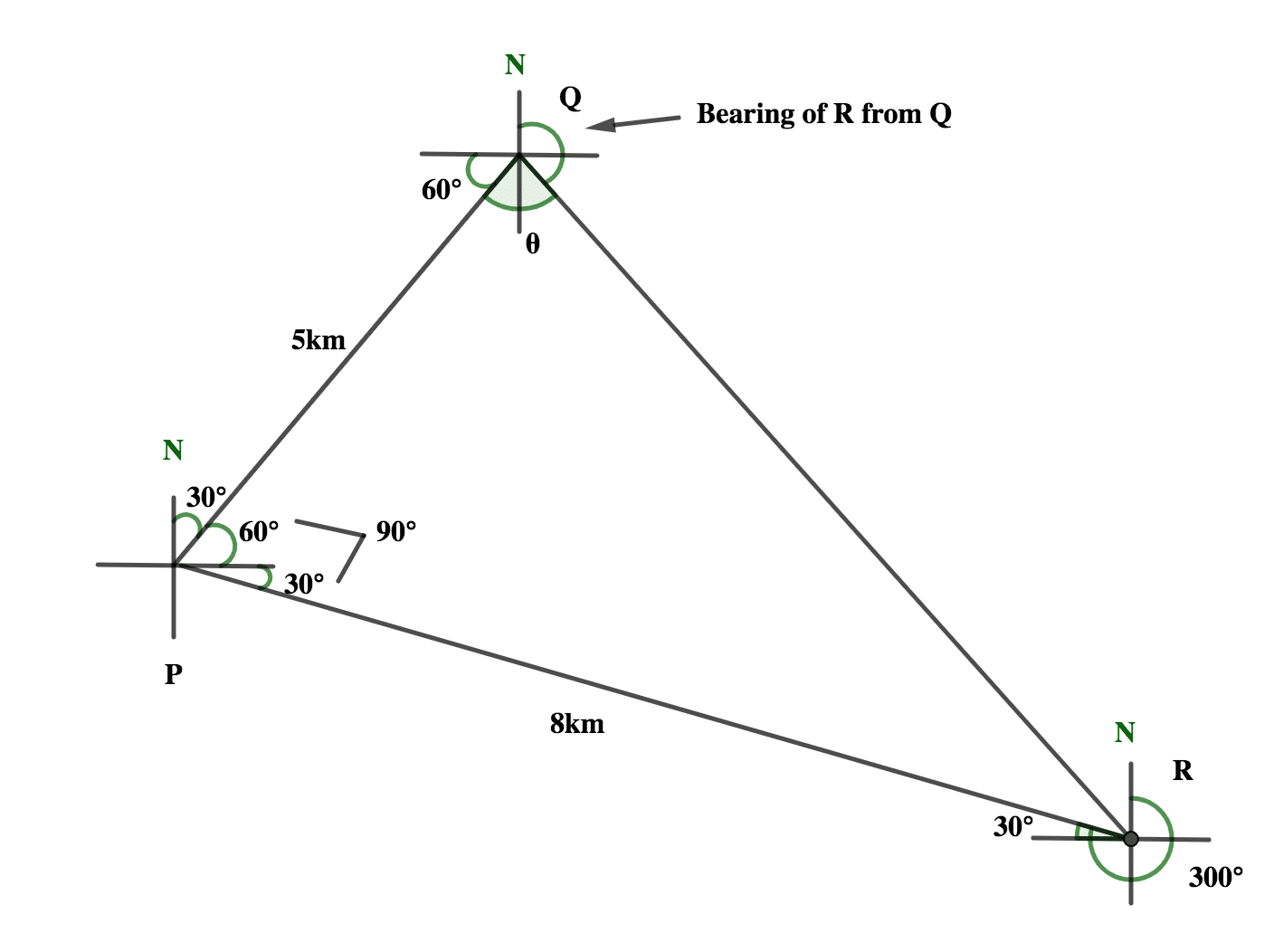


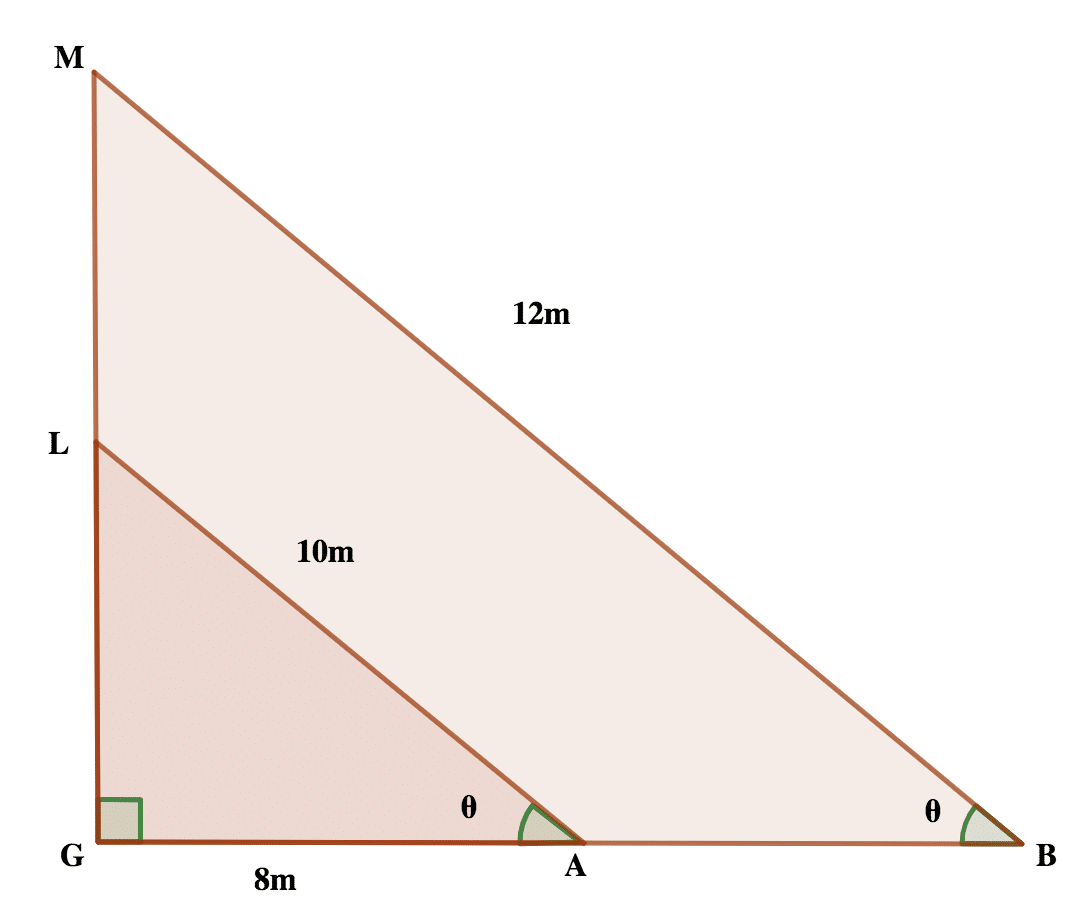
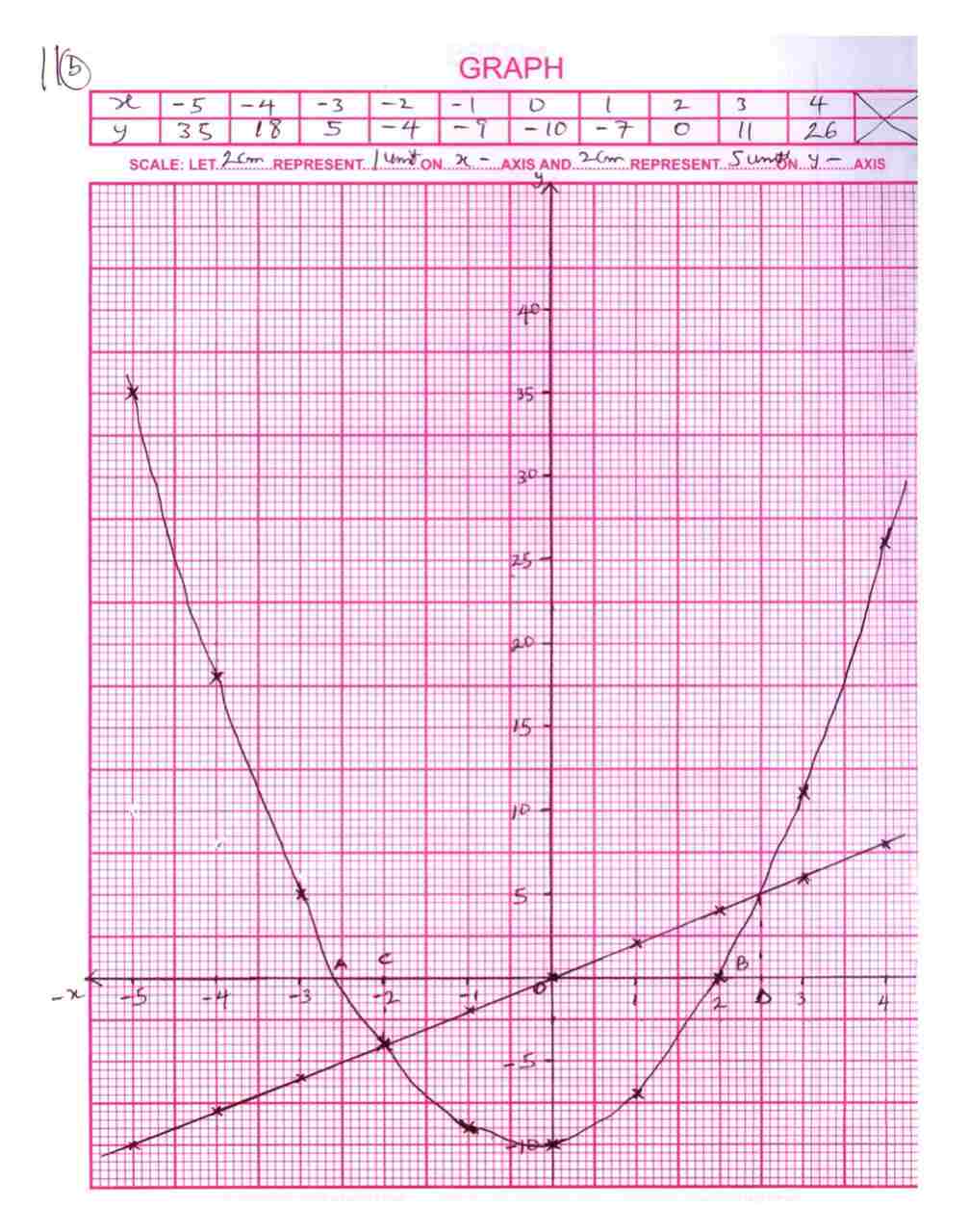
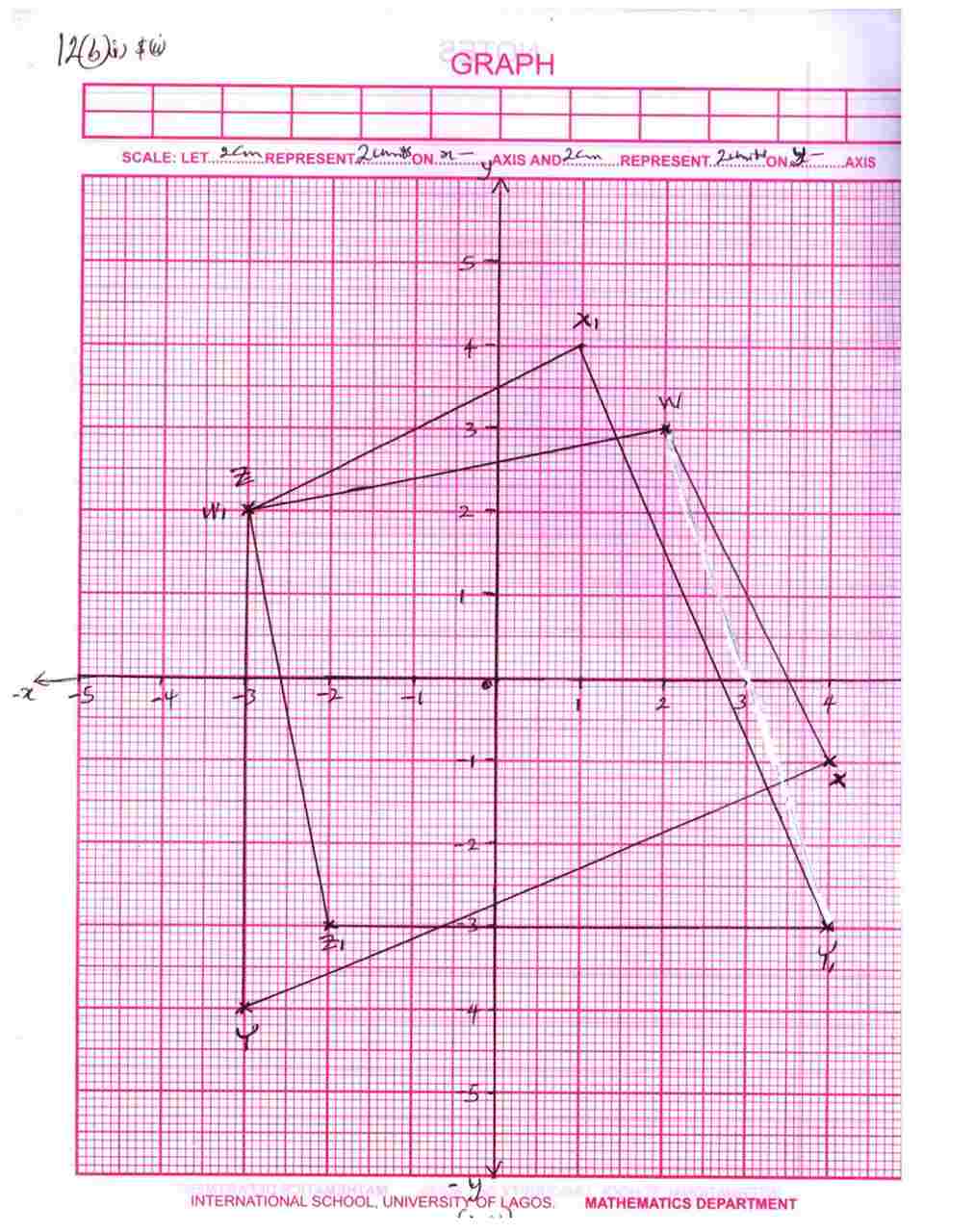



Am waiting for the answer
Click on View Solution at the end of the question.